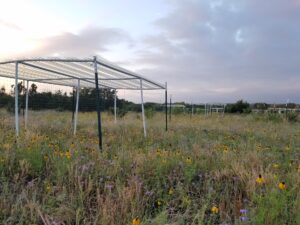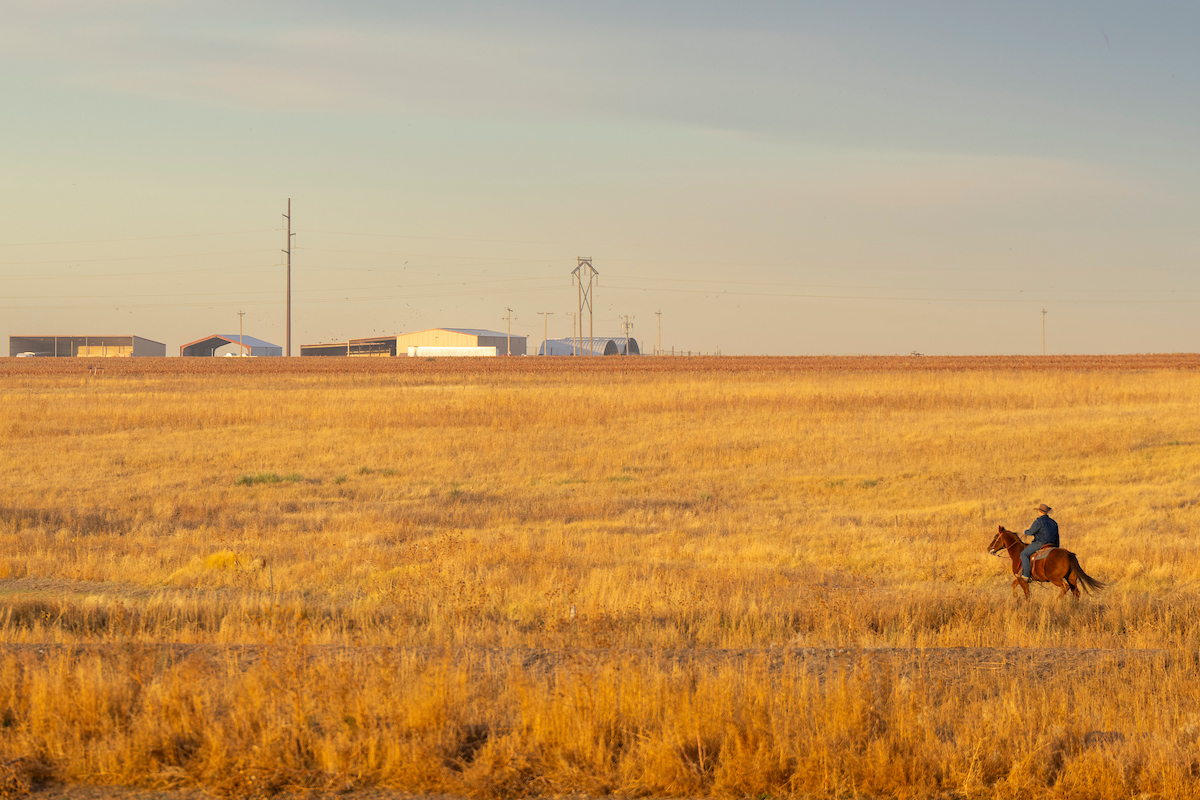Texas A&M AgriLife research included in global drought study
Grasslands expected to be affected more than previously thought during short, intense dry periods
A first-of-its-kind international study, which includes research from Texas A&M AgriLife, has found that the effects of extreme drought on grasslands and shrublands have been underestimated.

Researchers simulated extreme short-term drought – commonly called “100-year drought” – at 100 sites across six continents. The results were recently published in the prestigious Proceedings of the National Academy of Sciences, PNAS.
“These droughts are going to happen more often, and be more intense, so it is important that we learn as much as we can about their potential impacts and find ways to help Texas landowners,” said Bill Rogers, Ph.D., a coauthor of the PNAS study and professor in the College of Agriculture and Life Sciences Department of Ecology and Conservation Biology. Rogers led the Texas-specific portion of this international study.
The impact of extreme drought on Texas lands
Scientists began organizing the International Drought Experiment, as the study is formally known, 10 years ago. All the research was done within a half-decade window. Within that window, researchers at each site simulated drought for a year. They focused on 100-year droughts — which historically have a 1% chance of happening each year — because such droughts are generally considered a threshold at which an ecosystem is seriously strained.
The study ultimately included 170 authors, and results varied by region. According to the results of the study, 100-year droughts reduced key carbon processes in grasslands to a much greater degree than previously observed.
The drought the Texas A&M AgriLife team simulated did not impact the Texas test site as severely as other places included in the study, Rogers said, but it was still affected more than previous studies suggested. Rogers said follow-up research is necessary to determine whether Texas grasslands are more resilient than those of other places or if the Texas results were skewed by torrential rains that fell toward the end of the year-long observation period.
Rogers and his Texas A&M University colleagues – former graduate student Heather Hannusch, now with the Texas Parks and Wildlife Department, and former post-doctoral researcher Alexandra Lodge, now program manager with the Minnesota Department of Natural Resources – conducted the Texas study in 2018 and early 2019, crafting the experiment to match its counterparts around the world.
The experiment took place at the Texas A&M AgriLife Research station in Sonora, located at the edge of the semi-arid Texas Hill Country. To simulate extreme drought, the researchers erected slatted covers over 5-foot-by-5-foot trial plots to reduce the amount of rainfall. Over the course of a year, they measured the health of grasses and forbs beneath the covers and compared the results to other nearby plots.
Rogers said the increasing frequency of extreme short-term drought and the results of the experiment suggest that ranchers and other land managers in Texas may have to more actively manage rangelands in the coming decades. As rangeland ecosystems could lose some of their capacity to support livestock, ranchers may need to begin to choose grazing sites more selectively, he said.
“There is a cascading effect here that will impact individuals across a broad range of geographical – both rural and urban – and socioeconomic backgrounds,” Rogers said. “However, scientists, government officials, nonprofits and land managers are working on solutions.”





